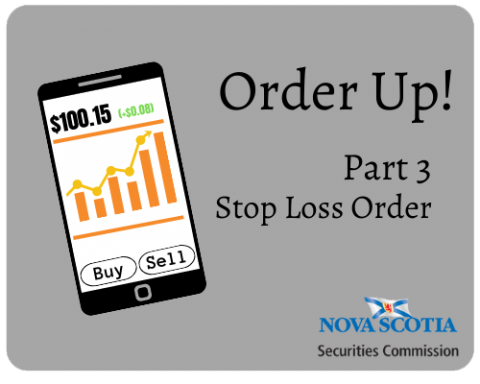Submitted by nsscadmin on

Our look at common orders concludes today with a look at Stop Loss Orders. If you’ve missed our previous posts on market orders and limit orders, click the links to revisit them.
A stop loss order is an order to sell stock when it moves below a particular price. A stop loss order is placed to increase the chance of hitting a predetermined exit price. A stop loss order is typically used to limit losses and reduce the risk of a loss, or to set a specific level of profit.
Let’s look at an example to see how stop loss orders work. Let’s say you have purchased stock in a company for $100 per share. A few years later the stock has risen in value and is now priced at $185 per share. To protect yourself from any sudden price drops and to lock in a certain amount of profit you place stop loss order at $150 per share. If the stock price were to fall to $150 the stop loss order may be executed to maintain your profits. Due to volatility a stop loss order is not guaranteed to sell at the exact stop price but will be as close as possible.
Stop loss orders come with increased risk, so make sure you fully understand what you’re getting into and how your investment works before submitting any stop loss orders.
